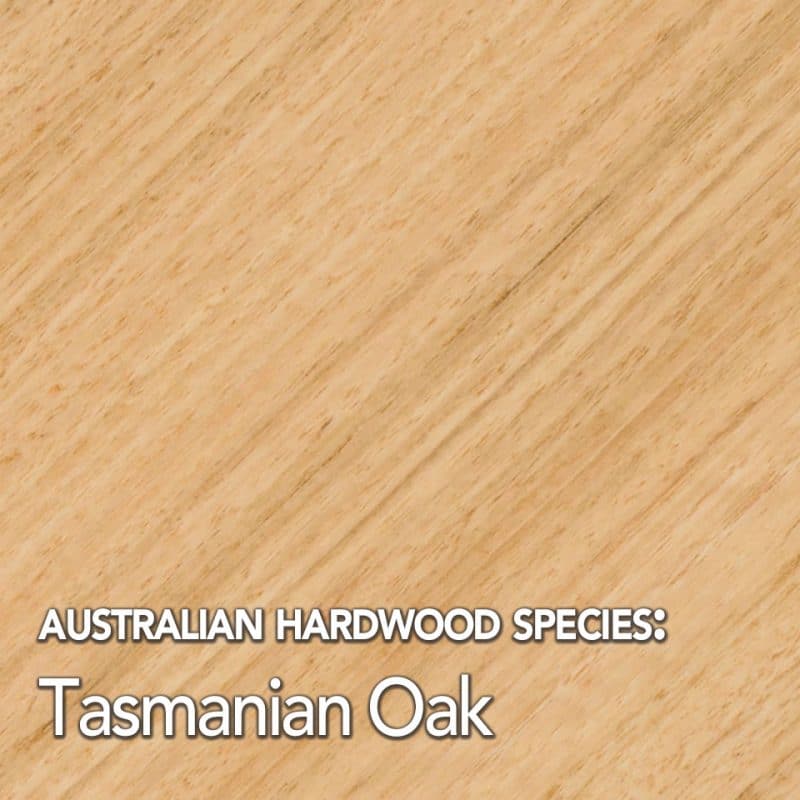Tasmanian Oak, or “Tassie Oak” is a marketing term, for what is actually a combination of 3 species of eucalyptus varietals, all of which are found most often in Tasmania.
Tasmanian Oak Hardwood Timber Species Data:
(Eucalyptus delegatensis / Eucalyptus regnans / Eucalyptus obliqua)
Species Description: Tasmanian Oak
Tasmanian Timber marketed as Tasmanian Oak, or “Tassie Oak” is most often a combination of three distinct species of tree, all of which are found most often in – you guessed it – Tasmania, and while they are all certainly similar there is a wide amount of variation between the three.
Most commonly made from a combination of alpine ash, mountain ash, and messmate, Tassie Oak flooring is characterised by the commonalities between all three species. All closely related eucalyptus varietals, these trees tend to be straight-trunked, straight grained, hardy, sub-alpine evergreens that require moderate to high levels of rainfall.
While referred to as “Tasmanian” or “Tassie” oak, all three varietals of that are used in the construction of this Tasmanian timber aren’t found exclusively in Tasmania.
Many examples can be found in Victoria and New South Wales as well in more mountainous or hilly regions. Basically anywhere there’s well-drained soil with temperate to cool climate conditions.
Providing a uniformly even and straight grain because they’re quarter split, Tassie Oak mixes are used to produce blends of pleasantly coloured blonde woods that range in shade from reddish-brown, pink, straw, to pale cream.
Easy to work but not known for its durability, Tasmanian oak timbers are on average low on the Janka hardness scale at just 5.5 and relatively light with densities ranging from 650 to 1050 kg/m³ on average, but this will, of course, vary greatly depending on the ratio of the three different types of wood used to create the flooring.
Parquetry and as a flooring option are the two most common places to see Tassie Oak used, as it allows this unique blend of Tasmanian timber to showcase the variations in colour and texture. As a soft, light wood, Tasmanian oak isn’t suited to outdoor decking.
Physical Properties
Dry Density: range 650 kg/m³
Janka Hardness: 5.5 kN
These properties are only a guide, as timber is a natural product there will be variations within any species. The Janka Dry Hardness rating measures the hardness of the wood. The higher the number the harder the wood.
Use Tassie Oak in your next project
We also offer a more personalised service for those looking for renovation advisory where our team come to your location and help you choose the best species and style to fit the room.
We would love to hear from you.
If you would like to use Tasmanian oak in your next project and need assistance with either choosing the correct flooring panels or the installation of your next flooring project then please get in touch with one of our flooring specialists using the form below.

